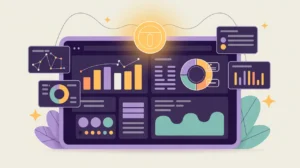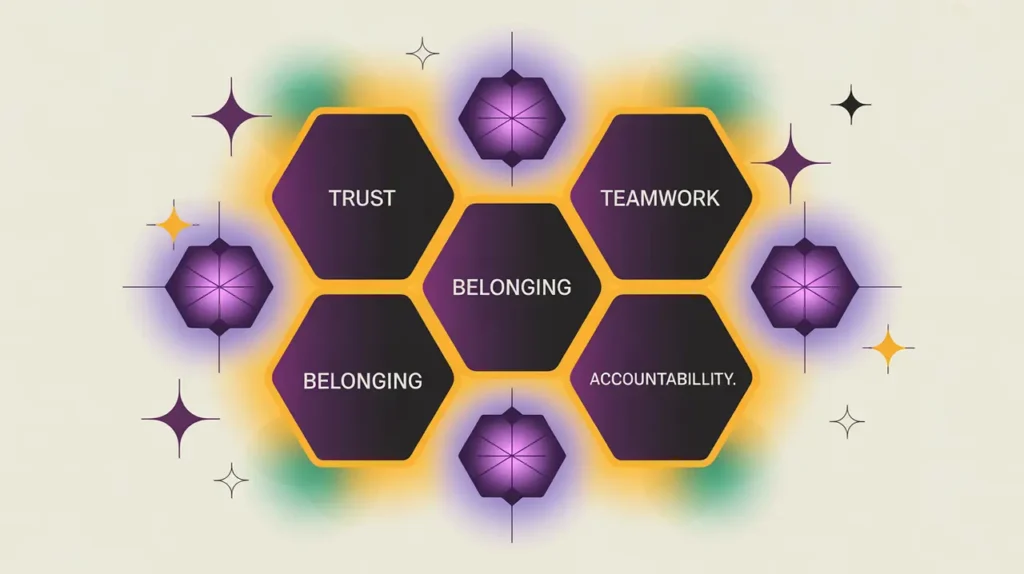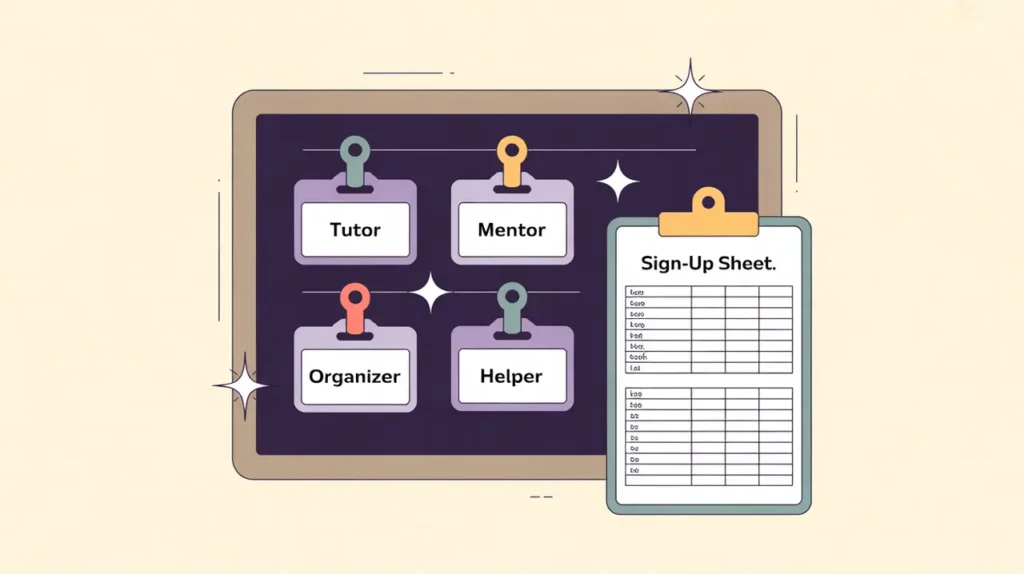What Do Training & Professional Development Involve?
Training and professional development equip nonprofit staff with the knowledge, skills, and opportunities they need to succeed and grow. Training focuses on specific competencies required for current roles, such as technical skills, compliance requirements, or program delivery methods. Professional development extends further, preparing individuals for future responsibilities through leadership development, cross-functional learning, and career planning. Together, they ensure that talent grows in step with organizational needs.
In practice, training includes designing curricula, hosting workshops, offering e-learning modules, and providing coaching or mentoring. Professional development encompasses career pathways, stretch assignments, conference participation, and continuous learning opportunities. Both require investment and intentionality, demonstrating that the organization values its people and sees them as critical to mission success.
When nonprofits neglect training and development, staff may feel stagnant, unprepared, or undervalued. Strong systems in this area foster retention, innovation, and resilience.
What Competencies are Associated with this Role?
This area requires planning, facilitation, and adaptability. Competencies include:
- Conducting training needs assessments
- Designing and delivering training sessions and materials
- Leveraging digital tools for e-learning and blended learning
- Providing coaching and mentoring opportunities
- Creating structured career pathways and growth plans
- Monitoring and evaluating training effectiveness
- Supporting cross-functional learning and peer exchange
- Coordinating professional certifications and continuing education
- Encouraging a culture of continuous learning
- Aligning development with organizational strategy
How Might AI and Automation Help this Role?
AI and automation can make training more personalized and accessible. Opportunities include:
- AI-powered platforms for personalized learning pathways
- Generative AI to create training materials, quizzes, and simulations
- Automated tracking of staff progress and certifications
- Recommendation engines for professional development opportunities
- AI-driven analysis of training effectiveness and feedback
- Virtual reality or simulation-based learning powered by AI
- Automated scheduling and reminders for sessions and milestones
- Translation and localization tools for global staff development
What are the Roles by Experience Level?
Roles range from training support to strategic learning leadership:
- Entry: Training Assistant, Learning Clerk – manage logistics, track participation, support material preparation
- Mid: Training Officer, Learning Specialist – deliver sessions, design materials, evaluate programs
- Senior: Training Manager, Learning Lead – oversee strategy, manage budgets, align development with goals
- Executive: Director of Learning, Chief People Officer – set institutional learning vision, integrate with workforce planning, represent learning externally
How Transferable are the Skills from this Role?
Training and professional development skills transfer across all sectors. Within nonprofits, they create pathways into HR, talent management, and leadership. Beyond nonprofits, they align with roles in education, corporate training, consulting, and workforce development. The ability to help people acquire skills and grow in their careers is valued universally.







